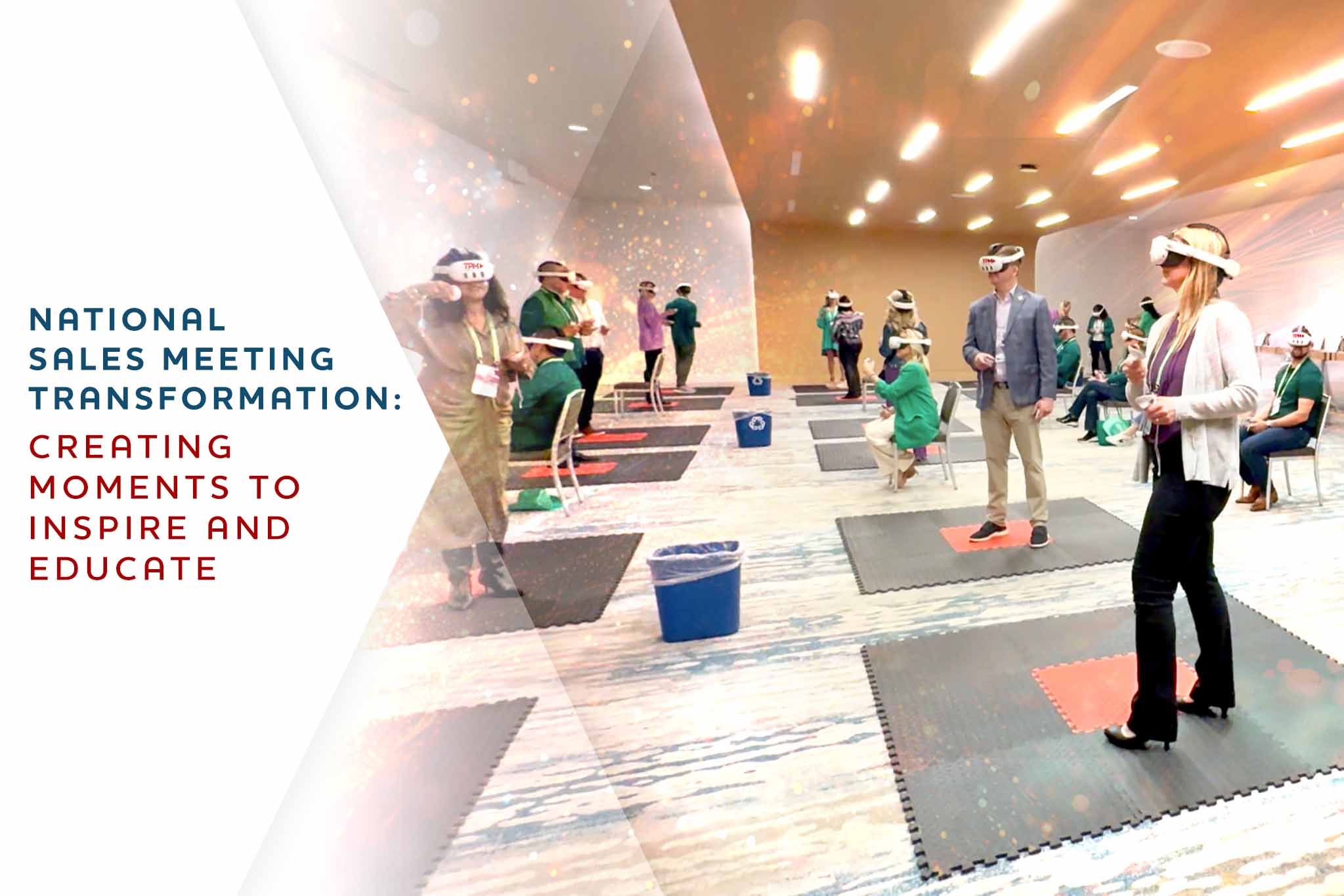Healthcare systems are meant to improve patient outcomes. Doctors and registered nurses are expected to show competence in patient care.
Virtual surgeries through 3D technology are a new frontier for helping medical professionals learn and improve their skills without risking patients’ lives.
Tipping Point Media, a leading player in providing 3D medical animations optimizes experiential learning through AR surgery simulations for healthcare providers.
What are XR Technologies?
XR refers to extended reality, which is a general term that defines all immersive technologies, such as AR (Augmented Reality), VR (Virtual Reality), and MR (Mixed Reality).
XR technologies provide students and practitioners with life-like simulations where they can hone their craft. For example, virtual surgeries are increasingly becoming popular as medical practitioners use simulations to learn how to navigate around the human body.
XR technologies are revolutionary in medical education — they negate the need for manikin-based simulations. Medical students no longer have to wait to practice on these cadavers, which are expensive to own and maintain. Extended reality has undoubtedly opened a new gateway for surgical students to learn more about the human body without putting patients’ lives at risk.
Benefits of XR Technologies and 3D Simulation in Interactive Medical Education
XR technologies offer significant benefits over traditional methods of physical training in the medical field. In the past, students had to wait to practice manikins and other representations of the human body. However, 3D simulation and XR technologies have created a new sphere for medical students and practitioners to practice.
Better Results in Training Scenarios
One notable benefit of XR technologies in the medical field is improved training outcomes across all levels. For example, students can now get better access to more training in a shorter time than before. In addition, it becomes easier for medical students to set up virtual surgeries simulating various scenarios and desired outcomes. Similarly, surgeons and other medical practitioners requiring regular training can achieve that with extended reality technologies.
Tipping Point Media has various virtual products that help medical practitioners continue training away from real-life situations. These professionals can experiment with new techniques calmly without worrying about the consequences if it does not work as planned.
Better Feedback
Using manikins and other outdated training methods is challenging as medical students or practitioners fail to receive feedback about their performance. Often, the goal of any learning or training exercise is to become marginally better each time, and that depends on constant feedback on each attempt.
Tipping Point Media, through their XR technologies, provide a platform where anyone can get a benchmark on their performance and track progress over a specified period. For instance, a surgical student can go through an XR surgery scenario and track how they perform and where they need to improve over time. Consequently, XR technologies have revolutionized medical education as there is more feedback on each training exercise.
Self-Directed Learning
A big part of any learning environment is the students getting comfortable fetching more information in their area of specialization.
For medical students, accurate surgical situations are vital in pushing them to train themselves about the human body and how they can perfect their craft. Unfortunately, it was nearly impossible for surgical students to practice and train themselves using cadavers and manikins constantly.
A virtual surgery environment is a game-changer in medicine as students learn by themselves outside the classrooms. XR technologies have eliminated the risks involved in surgical residents’ training in the operating room with actual patients. In addition, virtual, mixed, and augmented reality have made it easier for students to expand their knowledge.
More Scalable
Most hospitals and medical schools lack the resources to administer proper training to medical practitioners and students. In addition, physical simulations offer many challenges, such as being inflexible, bulky, and expensive. As a result, it isn’t easy to provide on-demand training whenever needed.
Medical practitioners can perfect their skills using virtual surgery technology and 3D simulations, as the products are portable, customizable, and easy to use. Therefore, XR technologies have improved the scalability of medical training across the board.
Better Staff Retention in Healthcare Facilities
A significant challenge healthcare facilities face is the continued high turnover of employees who seek better fortunes elsewhere. This coerces hospitals to constantly recruit and train new medical practitioners, which is expensive. As a result, several healthcare facilities have been trying to reduce the constant turnover.
XR technologies make it easier for medical practitioners, such as nurses, doctors, and surgeons, to be satisfied with their jobs — they get better through effective training.
Improving Patient Outcomes
Surgeons become more confident, competent, and successful the more they perform surgeries powered by XR technologies. Modern technology is geared towards efficiency, and the medical sector has been seeking ways to improve eLearning. Doctors and students must perfect their skills without risking patients’ lives.
XR technologies enable surgeons and surgical students to perform various procedures as often as possible, regardless of their physical location. In addition, XR technologies utilize 3D technology to give surgical residents more experience with the human body resulting in better patient outcomes.
Improved Recruitment Process
XR technologies have made it easier for recruiters to evaluate how skilled a medical practitioner is – surgery simulations test their skills. 3D simulations create life-like scenarios and assess how candidates perform.
Interactive Medical Education at Tipping Point Media
XR technologies have enabled surgeons and medical students to learn more about the human body and increase their training in various procedures. Students no longer have to wait their turn to train on physical simulations such as manikins and cadavers.
It is now possible for anyone to perform virtual surgeries to improve their skills and understanding of human anatomy. Tipping Point Media has been at the forefront of enhancing eLearning in the medical field by utilizing XR technology and 3D simulations.



